
Price Transparency
Deliver greater value for money with insight into negotiated rates.
Transform machine-readable files into actionable insights.
By combining our proprietary provider directory and market analytics with data from the machine-readable files (MRFs) posted by hospitals and payers, we can connect any facility or physician with the negotiated reimbursement rate for any payer for any services rendered at any location.
Benchmark Rates
Understand how rates for specific providers compare against the market rate to prepare for managed care negotiations.
Develop Networks
Identify providers with above- and below-market rates to design networks that deliver more value for money.
Calculate Cost of Care
Combine professional and institutional rates to assess risk based on the actual total cost of care for a population.
Gain a competitive advantage by understanding inpatient and outpatient negotiated rates across the U.S.
Incorporated Utilization Volumes
Claims data tied to negotiated rates to identify zombie rates and highlight discrepancies between volume and price.
Human-in-the-Loop Curation
Our team of experts curates the data to provide accurate provider-facility affiliations, facility NPIs with negotiated rates and rates above the Medicare base rate.
Complex Data, Simplified
Advanced de-duplication efforts eliminate trillions of irrelevant data points, providing you with accurate and actionable insights.
Compare our price transparency offerings
Data Sources
FREE
Ask Oria a QuestionOria, an AI Chatbot for Hospital Prices
Enterprise
Book a Demo Health Plan Price Transparency
Hospital MRFs
—
Health Plan MRFs
—
Provider Directory
—
Claims Data
—
Facility Coverage
Hospitals
Non-Hospital Facilities
—
Physician Rates
—
Payer Coverage
Commercial Plans
Medicare Advantage
—
Medicaid
—
Self-Pay
—
Features
AI Chat Interface
—
Dedicated Support
—
Compare our price transparency offerings
FREE
Ask Oria a QuestionOria, an AI Chatbot for Hospital Prices
Enterprise
Book a Demo Health Plan Price Transparency
Data Sources
Hospital MRFs
—
Health Plan MRFs
—
Provider Directory
—
Claims Data
—
Facility Coverage
Hospitals
Non-Hospital Facilities
—
Physician Rates
—
Payer Coverage
Commercial Plans
Medicare Advantage
—
Medicaid
—
Self-Pay
—
Features
AI Chat Interface
—
Dedicated Support
—
Compare our price transparency offerings
FREE
Ask Oria a QuestionOria, an AI Chatbot for Hospital Prices
Data Sources
Hospital MRFs
Health Plan MRFs
—
Provider Directory
—
Claims Data
—
Facility Coverage
Hospitals
Non-Hospital Facilities
—
Physician Rates
—
Payer Coverage
Commercial Plans
Medicare Advantage
Medicaid
Self-Pay
Features
AI Chat Interface
Dedicated Support
—
Enterprise
Book a Demo Health Plan Price Transparency
Data Sources
Hospital MRFs
—
Health Plan MRFs
Provider Directory
Claims Data
Facility Coverage
Hospitals
Non-Hospital Facilities
Physician Rates
Payer Coverage
Commercial Plans
Medicare Advantage
—
Medicaid
—
Self-Pay
—
Features
AI Chat Interface
—
Dedicated Support
Embrace value-based competition.
See how our Health Plan Price Transparency Analytics will improve your strategies. Fill out the form to get started.













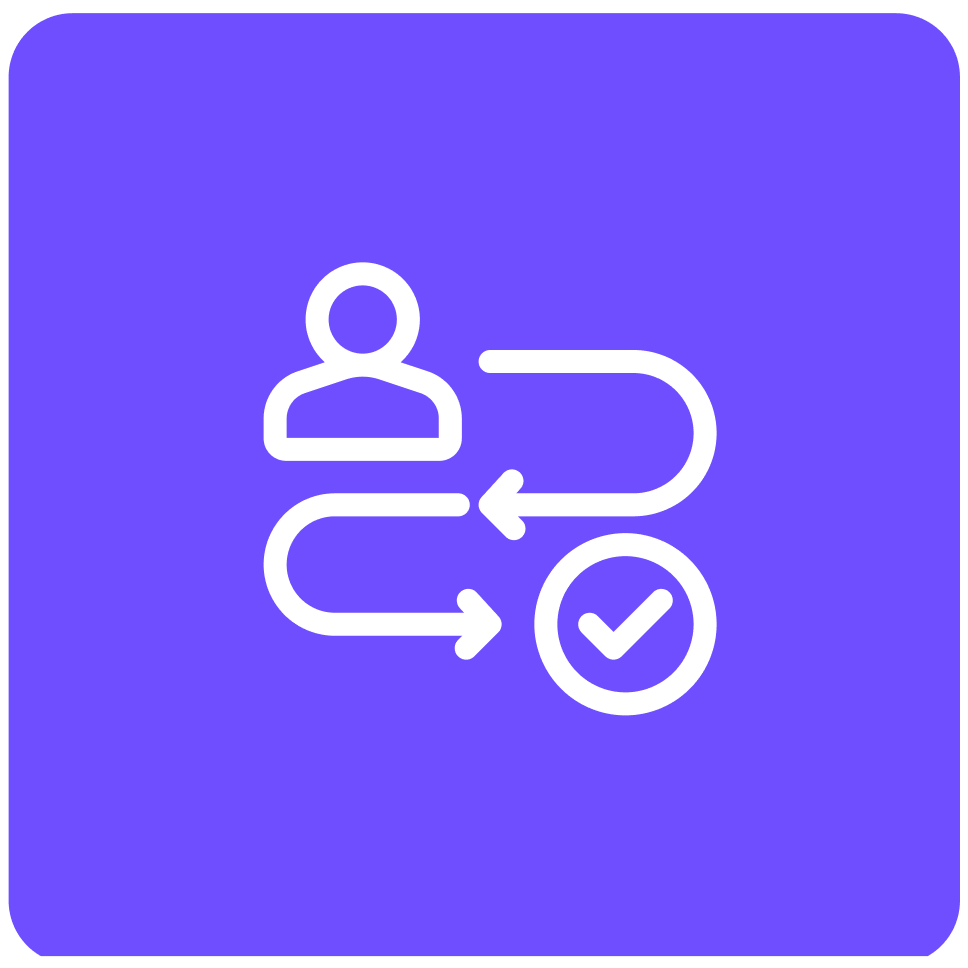




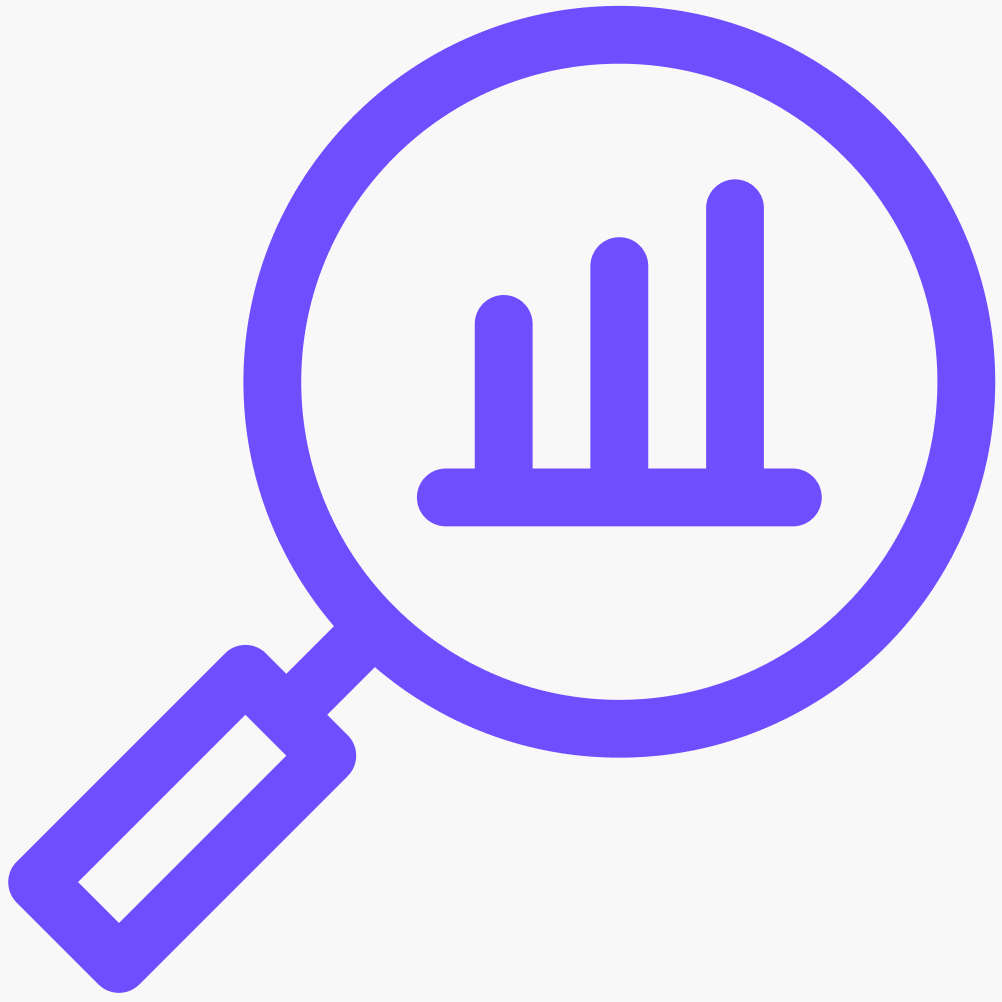
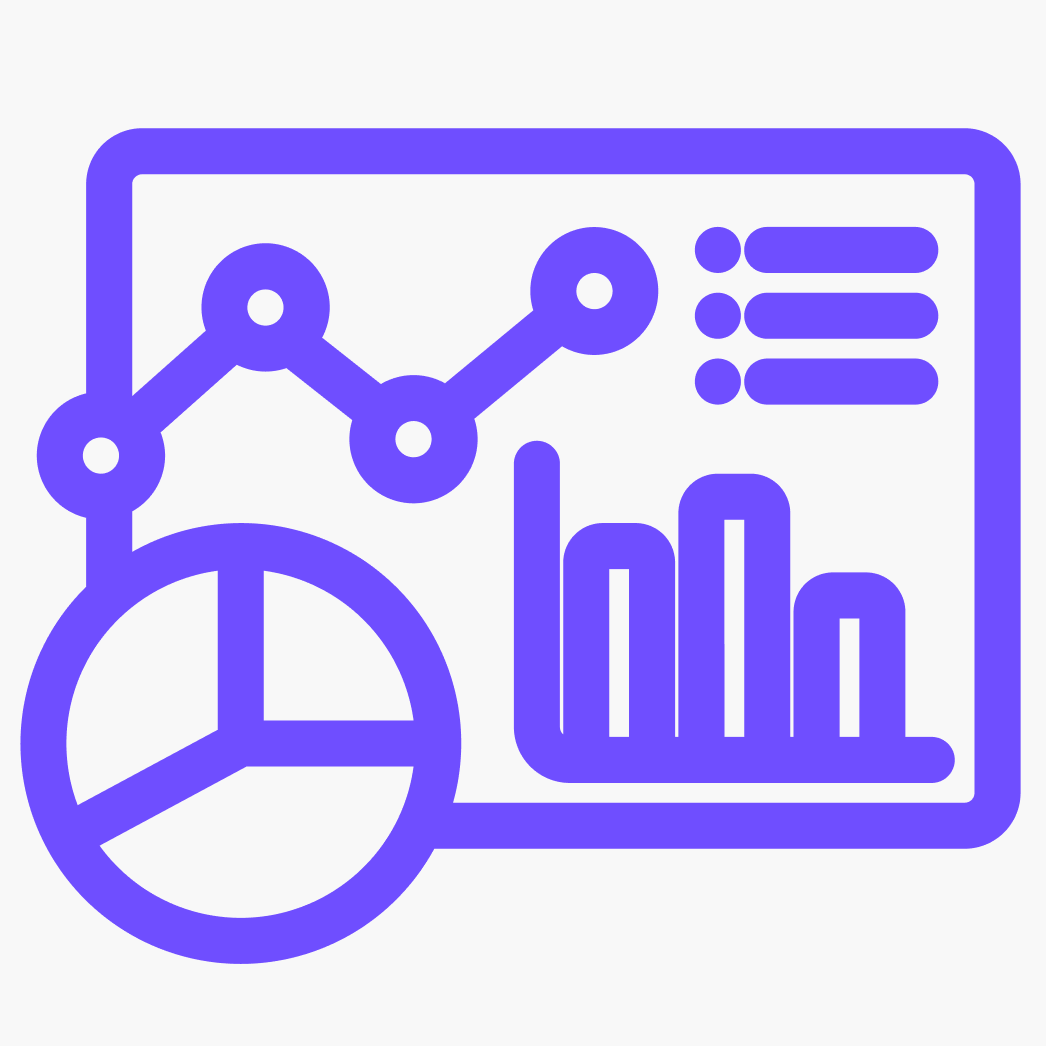

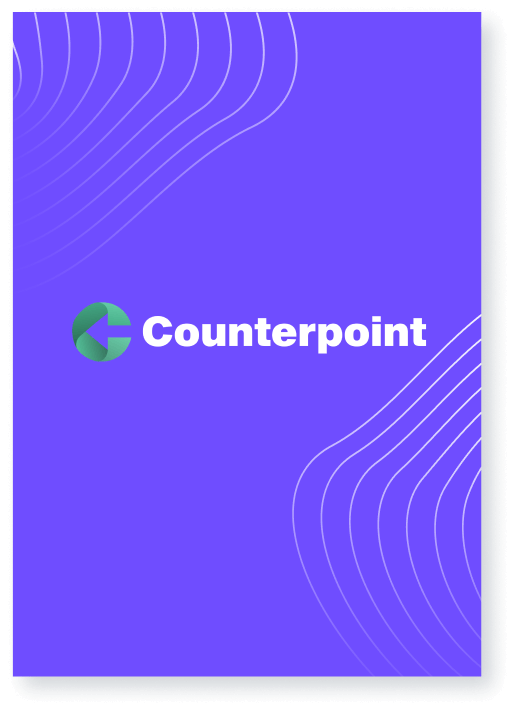
.png)
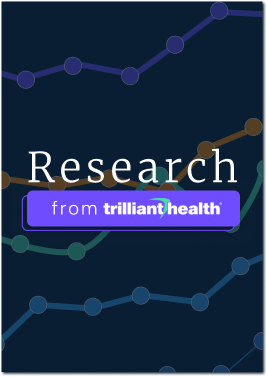
















.png?width=171&height=239&name=2025%20Trends%20Report%20Nav%20(1).png)

.png?width=2100&height=1332&name=HPPT%20Methodology%20Featured%20Image%20(5).png)